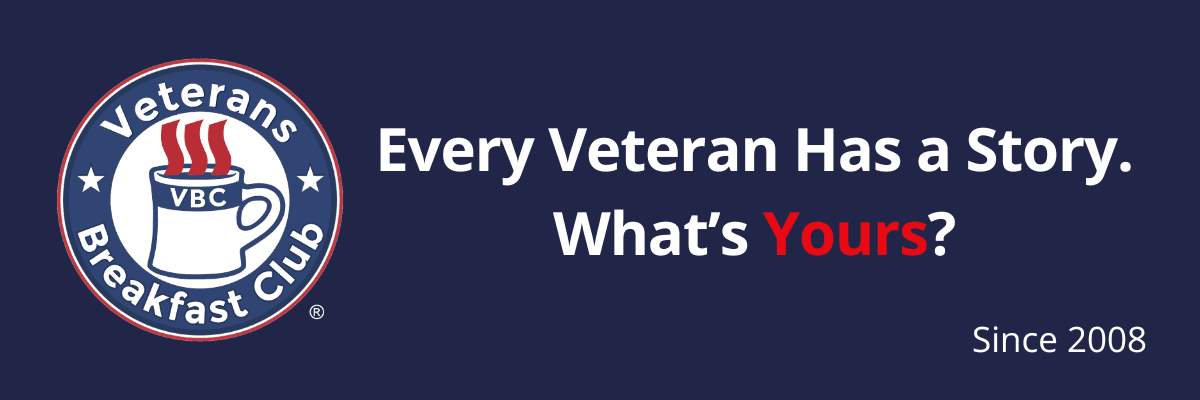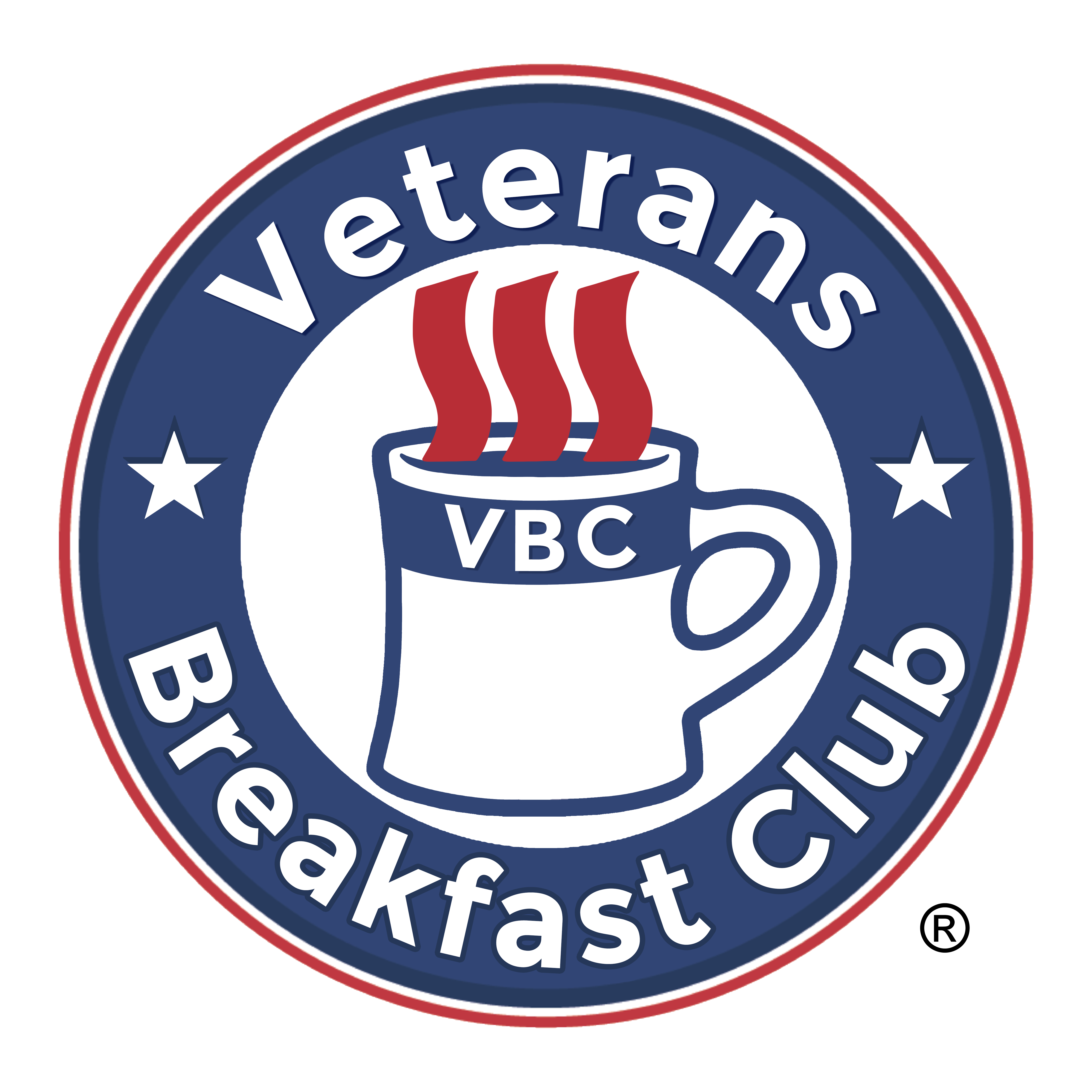At the Veterans Breakfast Club,
Stories Unite Us.
Check out our online & in-person veterans storytelling programs and see our full event schedule below. All are welcome to join us!

The Veterans Breakfast Club (VBC) is heading to Bucks County, PA, for a veterans storytelling event hosted by the Bucks County Community College Veterans’ Club and the Bucks County Office of Veterans Affairs.
The event will be on Monday, April 29 from 8:30am-10:30am in theGallagher Room of the Rollins Building on the college campus in Newtown (275 Swamp Road Newtown, PA 18940). The event is free of charge, open to the general public, and will include breakfast.
RSVPs are required due to limited space. RSVP to 412-623-9029 or betty@veteransbreakfastclub.org

The Veterans Breakfast Club brings American history to life.
VBC programs provide veterans and members of the public the opportunity to listen and share their one-of-a-kind stories, while engaging with other local veterans.
Since 2008, VBC has served the local veteran community in the greater Pittsburgh area, hosting weekly local gatherings for veterans. In 2020, we transitioned to virtual programming and announced a national expansion of the organization, opening its programs to veterans around the country and world.
In addition to hosting two in-person events per month, VBC also holds a weekly program online, VBC Happy Hour, and publishes the quarterly VBC Magazine, the weekly VBC Bulletin e-newsletter, and a weekly podcast on military culture, The Scuttlebutt.


IWM:http://media.iwm.org.uk/iwm/mediaLib//38/media-38521/large.jpg
Bring your questions and curiosity to this conversation about our VBC Masters of the Air Tour of World War II East Anglia Air Fields . Even if you don’t plan to travel with us in September, you’ll still learn a lot about the sights we’ll see and the history we’ll trace. Trip Historians Todd DePastino and Glenn Flickinger will talk about the trip, answer questions, and highlight some of the sights we’ll take in and people we’ll meet.







